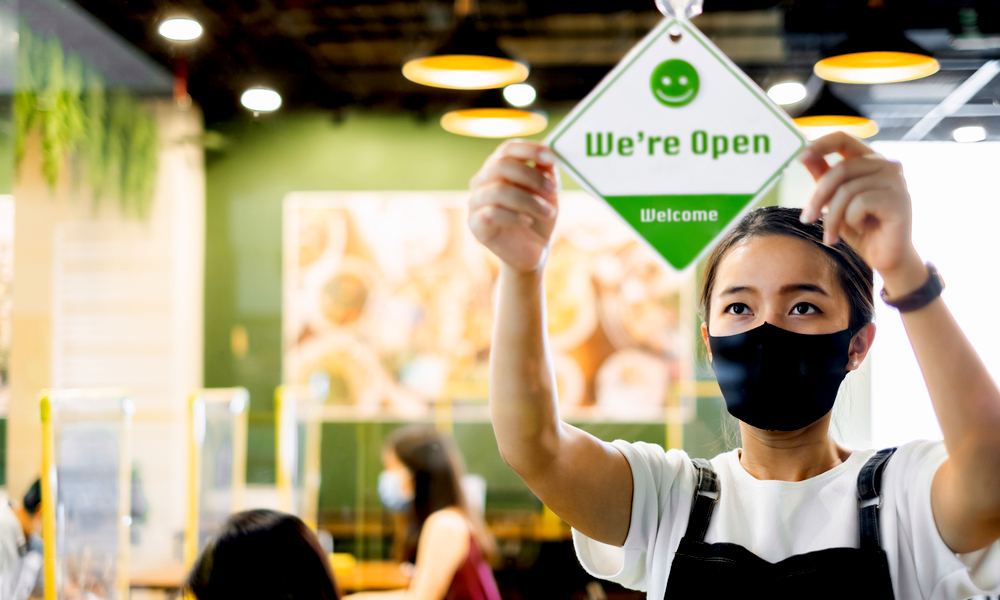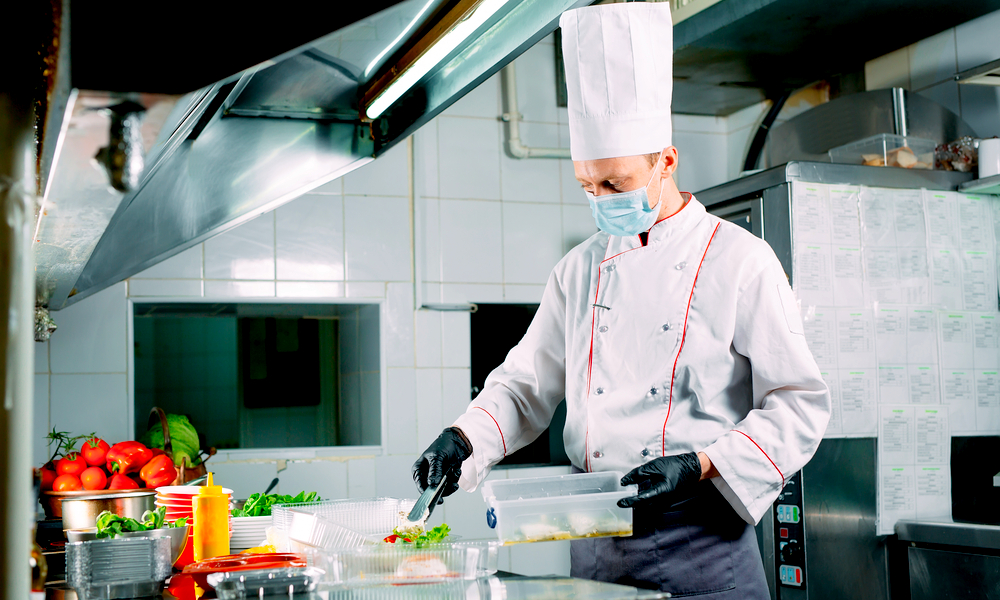The service with a smile mentality took a hit during the recent Covid-19 pandemic. As the food industry got shook up pretty well, operators had to make the shift towards restaurant contactless delivery.
Although restaurant contactless delivery seemed like an obstacle to deal with, it did help the businesses to operate at an entirely new level. Alongside contactless delivery modes, these businesses evolved to cater to customer requirements through online portals. Think about delivering a delightful customer experience, but with a twist of remote channels.
So, what’s the big deal about restaurant contactless delivery?
For starters, it was a radical departure into uncharted territory for many businesses. Right, when Covid-19 hit the industry, contactless delivery wasn’t set into place. This mode of delivery was introduced much later as part of the public health concern.
Initially, it was all about just carrying on with regular food business operations through the internet. The first “jump” was towards restaurant contactless delivery was made when businesses signed up for a partner account with food aggregators.
After a few months, healthcare legislation was imposed that made it mandatory for restaurants to cut down on their on-premise staff. Eventually, food establishments came up with the idea to introduce a safer mode of delivering food where a change of hands wouldn’t occur with the customers.
What is Restaurant Contactless Delivery?
As mentioned earlier, restaurant contactless delivery is a no-contact food delivery mode.
It mandates the practice of non-interaction between a food delivery agent and the person who placed the order.
How Does Restaurant Contactless Delivery Work?
The process is simple.
Customers, who place a food order, have the ability to select a restaurant contactless delivery option at the time of checking out. Usually, if the order is made through a food ordering app, the payment has to be made in advance.
After that, specific drop-off instructions are made through the integrated message box in the food order app, via an email, or through an SMS. The restaurant re-routes that information to the delivery agent in question.
At the time of delivering the food, the delivery agent safely drops the package and sends an auto-notification, or places a call to the customer to receive the order. Throughout this process, the delivery agent does not directly interact with the customer.
Why Is It Important to Offer Restaurant Contactless Delivery Option to Your Customers?
The covid-19 virus is an airborne disease that transfers from one person to another. Change of hands, face-to-face interaction, or physical contact between an infected person and a healthy person can transmit the virus easily.
Therefore, it is important to introduce restaurant contactless delivery options as early as possible. The good news is that many food aggregators have already integrated contactless delivery mode into restaurant food ordering apps. You don’t have to worry about informing the customers individually through phone calls.
How to Implement Restaurant Contactless Delivery?
As we said earlier, restaurant contactless delivery is already being introduced by food aggregators through the native mobile phone application.
At the time of check-out, the order screen usually prompts the customer with an additional option or a check box where contactless delivery can be selected. If you are a restaurant business owner, and your good service provider has not made such an option available, notify them immediately.
In the absence of a restaurant contactless delivery option, restaurant apps have a special instructions area. Customers can specifically mention that they want contactless delivery, with address information. These details have to be shared with the delivery agent who is responsible for delivering the online food order.
The most important aspect of restaurant contactless delivery is the food delivery agent’s adherence to the health code. How does that work? Make sure that your delivery agents are well-trained and well-informed about how Covid-19 spreads.
Also, ensure that all delivery agents are sanitizing their hands and making full use of gloves and face masks. If the agent’s hands are not sanitized at the time of order pickup and order delivery, the chances of spreading the Coronavirus are still the same.
The virus can easily survive for 6 to 7 hours on hard surfaces, such as food packaging and utensils. Therefore, strict adherence to the Covid-19 healthcare code is mandated for restaurant contactless delivery to work at full potential.
Will Restaurant Contactless Delivery Be a Permanent Lifelong Option for Food Businesses?
The good news is that worldwide healthcare institutes have already set certain measures in place to reduce the spread of Covid-19. We also have vaccines that reduce the impact of the virus, and transmission rate from one person to another. Sadly, restaurant contactless delivery will remain a part of the online and real-life food industry operations as long as there is no permanent long lasting cure to Covid-19.
Unless and until the disease isn’t fully contained, restaurant contactless delivery will continue to be an available option to patrons.
Make Sure That You Have a Payment Processor in Place:
The whole idea of restaurant contactless delivery mode is to eliminate physical contact between delivery agents and the customers.
For this process to work, payments have to be made in advance. Therefore, you need to make sure that your restaurant has a payment processing gateway that accepts online payments.
Bear in mind that depending on your food aggregator’s payment plan, there might be an additional fee applied to online credit card payments. Usually, this percentage is 2% – 3% applied on each incoming credit card transaction.
Secondly, since more and more customers are opting for restaurant contactless delivery mode, the payment processor needs to be robust enough to accommodate simultaneous transactions. For the entire system to work at an optimal level, the Pos software needs to be robust enough to accept, log and transfer payments without any delays.
If you are using a dated restaurant pos software, contact your vendor for an update, or partner up with a different food aggregator for improved software solutions.
We suggest signing up with Blink Co. for a partner account. As a food business operator, you will get a multitude of tech-driven solutions, access to real-time data, GPS integration for tracking riders through fleet management portal, and many other things.
Food Packaging Guidelines:
For contactless delivery to work in adherence to the Covid-19 health code, food companies need to make sure that proper hygiene standards are in place.
Since the food packaging process comes with personnel’s direct physical contact with customers’ food, the staff needs to be trained and equipped with the right gear. Make sure that your restaurant enforces the use of face masks, gloves and sanitization equipment.
Packaging needs to be done as per the health code and Covid-19 guidelines. The good news is that Covid-19 doesn’t spread through food consumption. However, if the virus signature is on food packaging, a person can easily get infected and transmit the disease to other people as well.
Conclusion:
In the end, it all comes down to playing our parts right. As we all navigate through this tough time, know that it’s a temporary phase. For any business to succeed long term, the key to survival is the ability to adapt to new technology, ongoing trends, and vice versa.
If you are a business owner, we’d love to hear about your experiences with contactless delivery. Did you face any challenges? Go ahead and share your thoughts in the comments section below.








